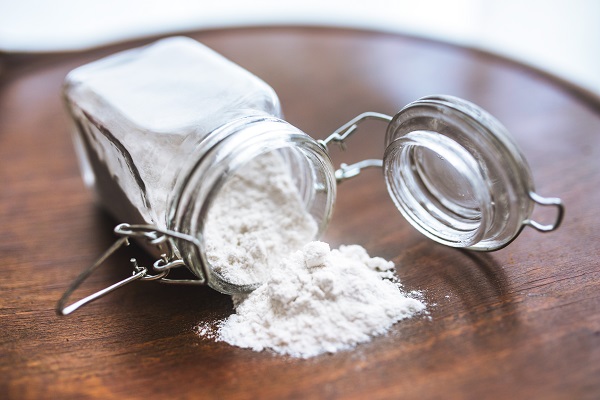Two recent flour recalls sparked some concern in the industry, causing stricter regulations under The Food Safety Modernization Act (FSMA). Now manufacturers are looking into methods to decontaminate flour products more effectively.
In 2016, General Mills had to recall over 30 million pounds of its flour products in North America and overseas due to E. coli contamination. The recalls affected companies beyond General Mills due to the prevalence of common sources of flour products.
At first, General Mills found the contamination to be a mystery and could not identify the source of it. After a thorough investigation involving DNA evidence, the FDA concluded the source of the E. coli bacteria to be from the General Mills processing plant in Kansas City.
A more recent flour recall occurred this summer. In May, Canadian company Smucker Foods announced a voluntary recall of their 20 lb. bags of Golden Temple, Swad and Maya brand flour, that were shipped to the US. The contaminated product was produced by Saskatoon, SK based Ardent Mills. Additional flour recalls were made in Canada as well.
These recalls led the flour manufacturing industry to delve deeper into decontamination methods in order to comply with stricter FSMA rules. According to Debi Rogers, PhD., Director of Baking Services at AIB International in Manhattan, Kansas, significantly reducing the presence of bacteria in flour has only been achieved on a smaller scale due to limitations on cost, flour functionality and consumer acceptance.
Currently, heat treatment is the most popular method for reducing microbial contaminants in flour. A combination of time, temperature and water activity is used to remove any harmful bacteria from the product. Some heat treatments are referred to as pasteurization. A drawback of this process is the reduction of quality for many baking flour products, causing manufacturers of all-purpose or bread-baking flour to not treat their product.
Some other decontamination methods are being tested in order to overcome the negative effects of heat treatment. Irradiation is being used on flour products on a smaller scale to reduce pests, but higher levels of irradiation for decontamination are needed for microbial reduction on flour. Complicating matters, this method has yet to be approved for contamination. Electron beam radiation and cold plasma decontamination are methods currently under review as well.
The cost implications of these new methods are deterring companies from investing in them. Since most flour products are used for baking or cooking, many bacterial components are killed in the process. Due to the rise of consumers ingesting raw flour in the form of cookie dough or cake batter, possibilities of bacterial infections are increased.
Flour contamination in general is a rare occurrence due to its low moisture content. With water activity (aW) at 0.95aW needed for microbial growth, flour, which has water activity under 0.85aW, is not the ideal environment for bacteria to grow. However, the water activity present in flour only inhibits the growth of bacteria, it does not kill pathogens already present in the product. Flour has many opportunities to become contaminated from the farm up until the end consumer.
With the new regulations under FSMA, food manufacturers need to focus on contamination prevention rather reaction to outbreaks. Increased sampling will be necessary under the act but sample testing is not guaranteed to detect all bacterial microbes. Due to the inconsistent placement of microbes in food products, sample testing cannot examine all the potentially contaminated locations. These discrepancies in microbe location in products are proving to be a challenge for flour manufacturers. Currently, manufacturers are still searching for the perfect solution to their decontamination problem.
In an effort to reduce the safety risk associated with wheat flour, the North American Millers’ Association (NAMA) released an educational video for manufacturers.
“From farm to kitchen, the entire wheat industry is committed to best practices for food safety, and this simple and easy-to-use video is designed to help consumers understand and apply proper handling and baking procedures so they can safely enjoy their favorite baked goods,” said James A. McCarthy, president and chief executive officer of NAMA.












Join or login to leave a comment
JOIN LOGIN